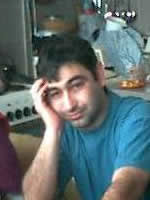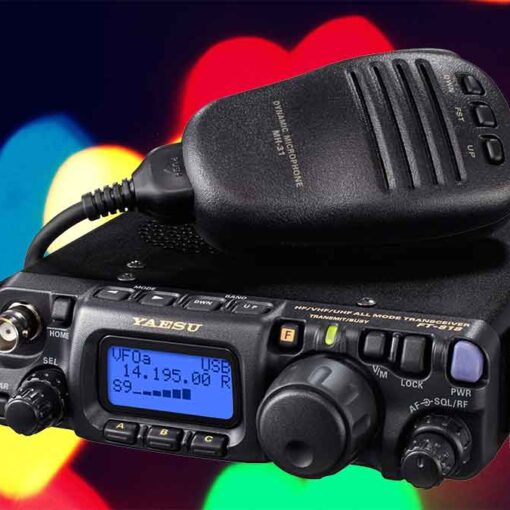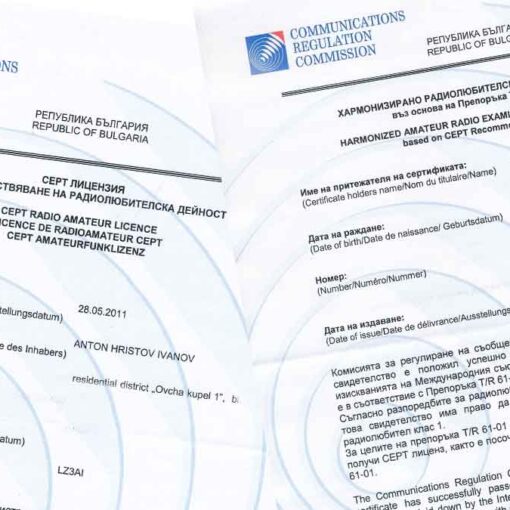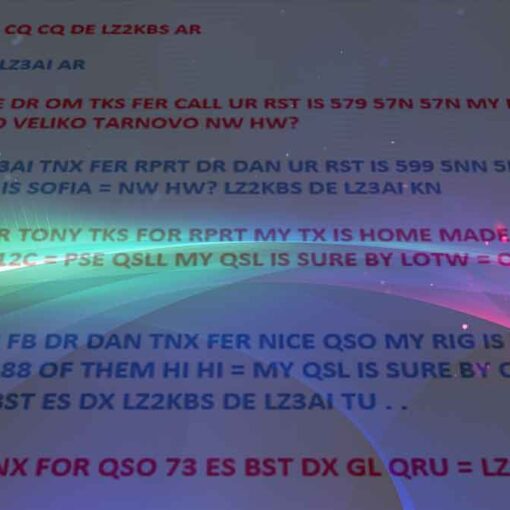Methodology for locating a room antenna for “digital” TV
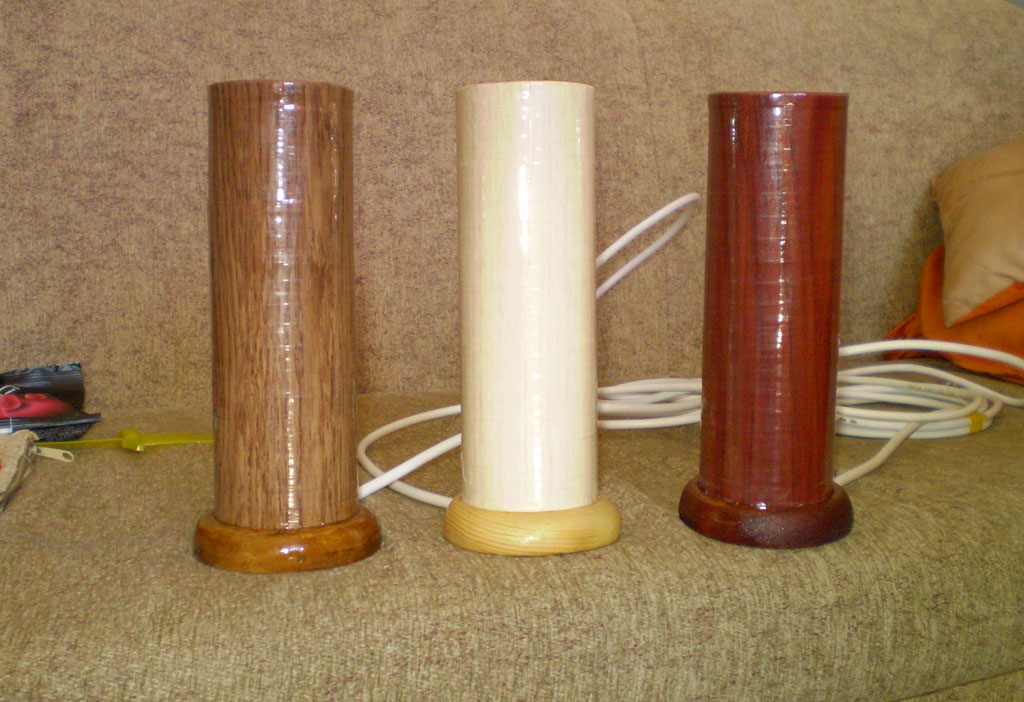
Room antenna for “digital” TVInstead of introduction
…as my teacher Nikola Lazarov used to say from that school, which is located at the intersection of “Shipka” and “Brothers Evlogi and Hristo Georgievi” streets – “the spread of VHF is God’s work”.
Why God’s work? Well, because in the ideal version, in direct line of sight, communication (reception) goes out, and in the presence of obstacles, interference waves are received.
Interference (superimposed) waves are complex in terms of signal intensity, which are characterized by pronounced minima and maxima in space, caused by the different lengths of the traveled path in the propagation of the reflected signals and arriving at the reception point with a relative superposition of the phases (maximum signal ) or out of phase (almost no signal). Due to the complexity of the obstacles (location of apartment blocks, buildings, etc.), the signal does not always follow the logic of minimum-maximum at a relative distance of one wavelength, which as an example for the 40th channel at 626 MHz is about 48 cm. The signal it can “appear” a meter, two or more, and in the most unexpected place for you.
So:
1. Without watching the TV, the antenna location is not searched (turn it towards you).
2. If the programs do not appear during automatic search:
2.1. Enter channel search (scan) mode.
The mode on most receivers is in the menu under “auto search”. You need to know for your area the broadcast channels as a number corresponding to frequency.
For Sofia and its surroundings, it is broadcast on channels 23, 40, 52 and 64.
2.2. Put on a channel number that you know broadcasts for the area.
If you don’t know them, they are on the site (page) predavatel.com.
2.3. Start slowly moving the antenna around where you have determined (your wife has determined) that it can stand.
Not only to the side, but also up and down – the signal can also appear on the floor. Monitor the signal level and quality of the given channel until the maximum readings are found.
Practice showed that a signal appeared at a place next to the inner window sill and at a height of 10 cm from it, otherwise when an antenna was placed on the sill itself, the signal was with a level of despairing zeros in strength and in quality. This happened in the village of Bistrica – Sofia, where almost no one watches digital broadcast television.
2.4. Do a similar check for the other channels.
2.5. Find the compromise antenna location for all channels.
Found that even when moving the antenna 1-2 cm, some channel can be lost or received with “cut”. For me personally, such amusements in finding a place have lost me more than 2 hours before achieving a result of “bravo”. Take your time and don’t despair. In five to ten minutes, something else can be “done”, but not finding an antenna location with a “junk” signal.
If it didn’t work for you after applying this methodology even with an antenna made by the person who wrote this reading (see the photo and contact him if interested), don’t rush to buy external large antennas. They amplify and target 1-2 channels (frequencies) but not all broadcast. In addition, the moment of finding the right place (see interference waves) also applies to them, and in the most general case it is determined, but not by you (a working-not-working chimney, some kind of pylon, etc., because you will not be drill the shingles in the middle of the roof, right?). And with direct visibility, there is no need for these focuses. With “my” antenna from Ovcha Kupel, I receive the 41st and 57th channels (BTV and BNT – nine programs) broadcast from Mount Botev, which is about 140 km away, most calmly without an amplifier.</ em>
God’s work.
…otherwise we know that the cable and satellite operators also feed children!
